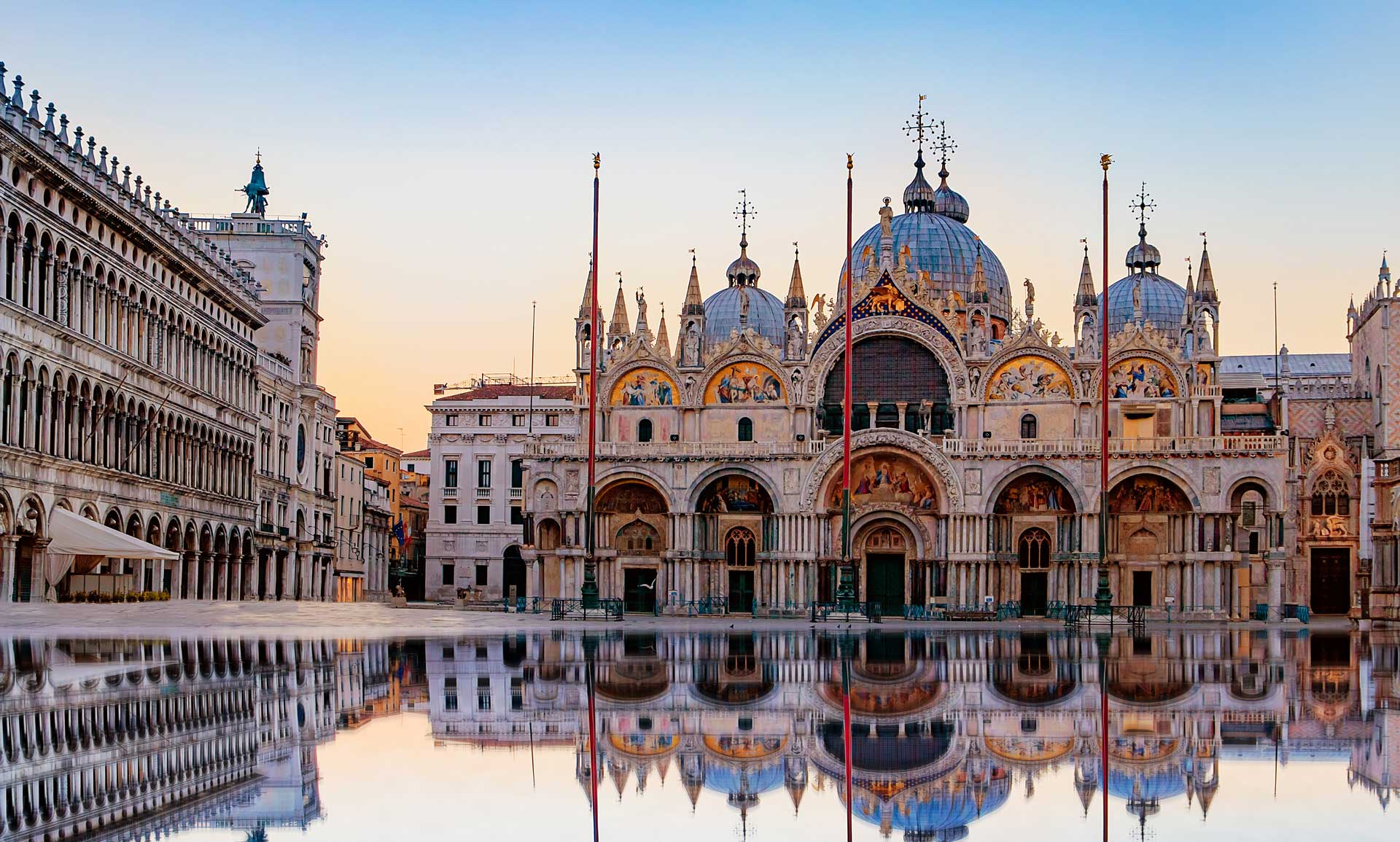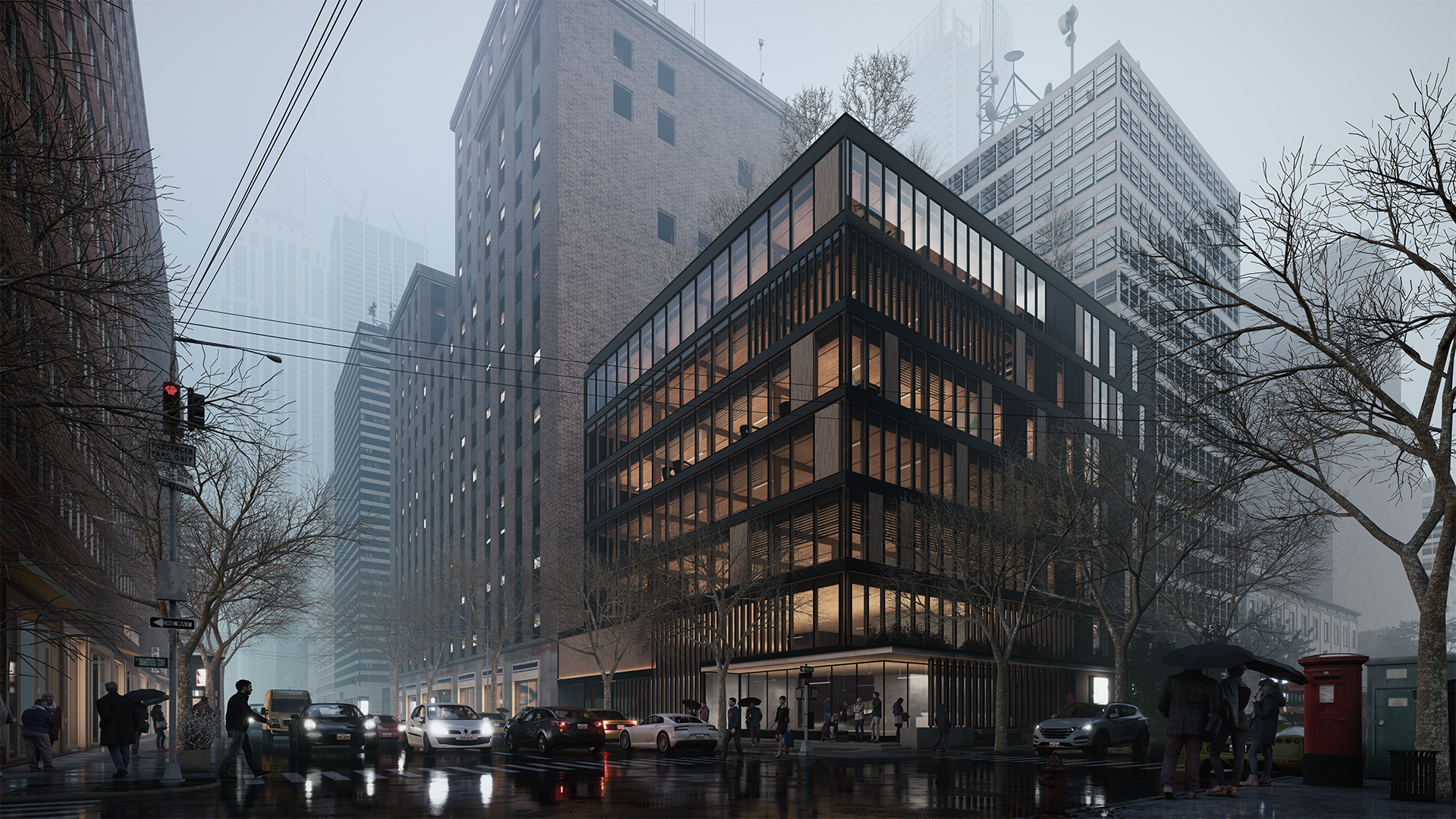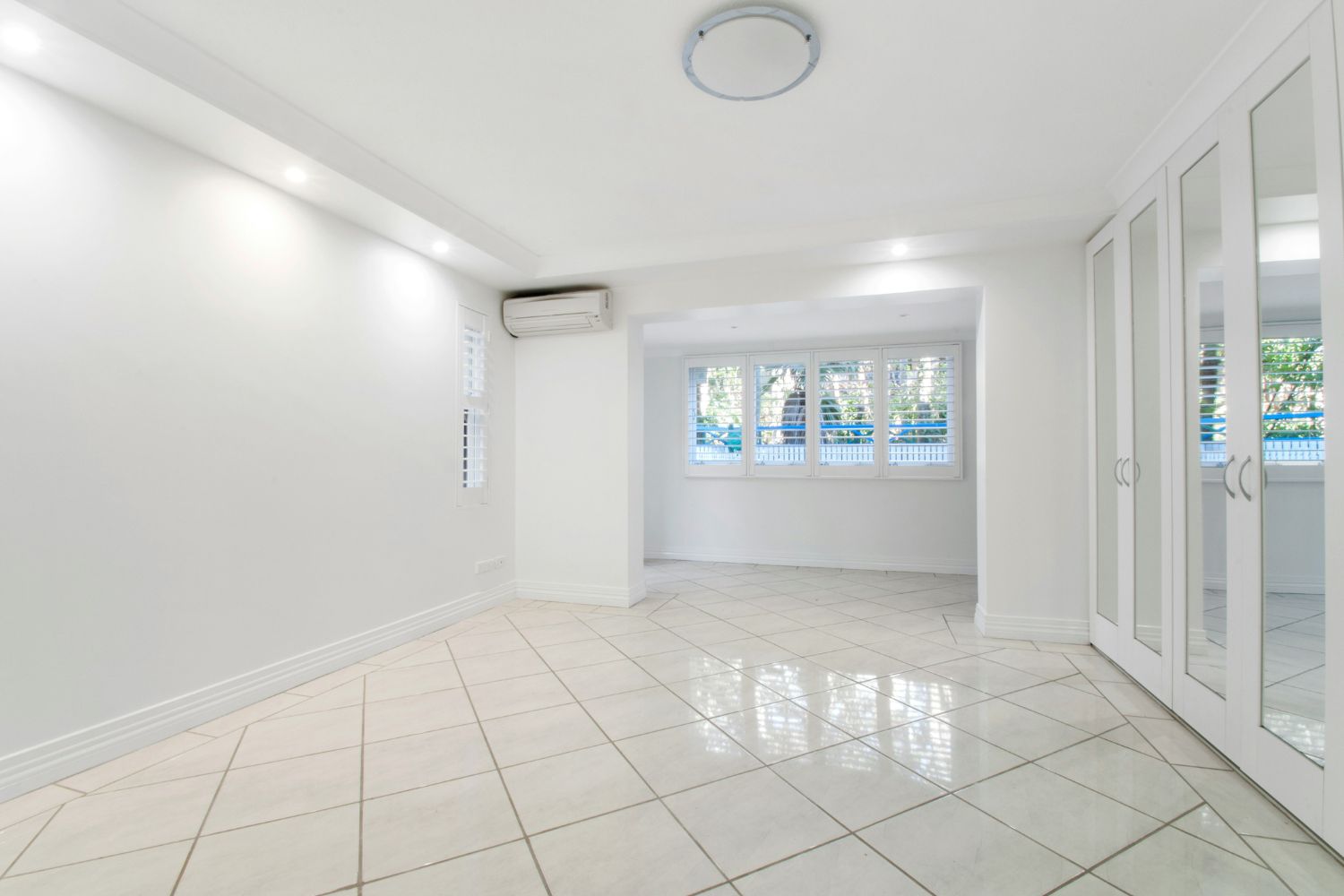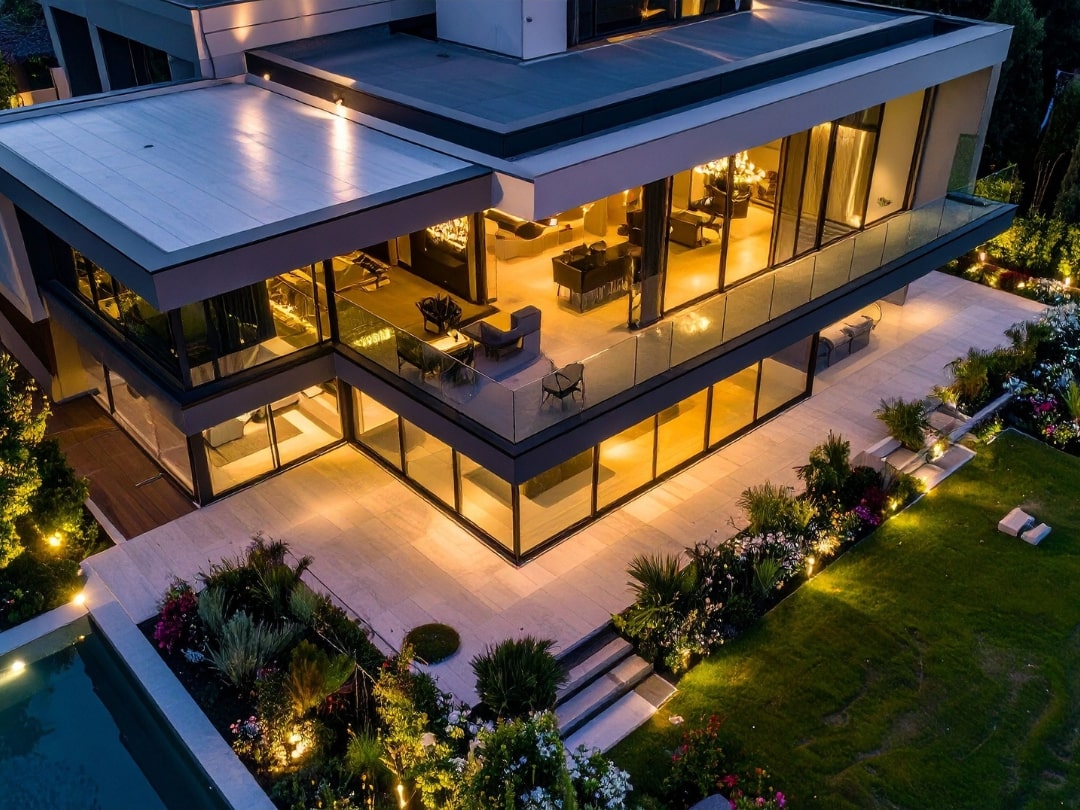- Home
- Articles
- Architectural Portfolio
- Architectral Presentation
- Inspirational Stories
- Architecture News
- Visualization
- BIM Industry
- Facade Design
- Parametric Design
- Career
- Landscape Architecture
- Construction
- Artificial Intelligence
- Sketching
- Design Softwares
- Diagrams
- Writing
- Architectural Tips
- Sustainability
- Courses
- Concept
- Technology
- History & Heritage
- Future of Architecture
- Guides & How-To
- Projects
- Interior Design
- Competitions
- Jobs
- Store
- Tools
- More
- Home
- Articles
- Architectural Portfolio
- Architectral Presentation
- Inspirational Stories
- Architecture News
- Visualization
- BIM Industry
- Facade Design
- Parametric Design
- Career
- Landscape Architecture
- Construction
- Artificial Intelligence
- Sketching
- Design Softwares
- Diagrams
- Writing
- Architectural Tips
- Sustainability
- Courses
- Concept
- Technology
- History & Heritage
- Future of Architecture
- Guides & How-To
- Projects
- Interior Design
- Competitions
- Jobs
- Store
- Tools
- More

Art and architecture have a long and complex relationship. From the grandiose sculptures that adorn ancient temples and cathedrals to the sleek, modernist buildings of the 20th century, the intersection of these two fields has produced some of the most breathtaking works of human creativity. But what is it about art and architecture that make them so uniquely suited to each other, and how have they influenced each other throughout history?
At its core, the relationship between art and architecture is rooted in their shared purpose: to create beautiful, functional spaces that inspire and uplift the human spirit. Both art and architecture require a deep understanding of form, space, and materials, as well as a keen eye for aesthetics and a willingness to push boundaries and experiment with new ideas.
In many ways, art and architecture are complementary disciplines. While architecture provides the practical framework for human activity, art adds the aesthetic and emotional dimensions that make a space truly memorable. Think of the elaborate frescoes and mosaics that decorate the walls of ancient Roman villas, or the intricate carvings and sculptures that adorn Gothic cathedrals. These works not only add visual interest to the space but also imbue it with a sense of history, culture, and spirituality.

Similarly, art can be greatly enhanced by its interaction with architecture. Many of the greatest works of modern art, such as Richard Serra’s monumental steel sculptures or James Turrell’s immersive light installations, are specifically designed to be experienced within the context of a particular architectural space. By working in tandem with the surrounding environment, these works create a unique and immersive sensory experience that could not be replicated in a neutral gallery setting.
Of course, the relationship between art and architecture is not always harmonious. Throughout history, there have been countless clashes between architects and artists over issues of function, form, and style. In the Renaissance, for example, the great architect Andrea Palladio clashed with painter Paolo Veronese over the proper scale and decoration of a grand villa they were working on together. And in the modern era, the Brutalist architecture of the mid-20th century was often criticized by artists for its austere, utilitarian forms and lack of ornamentation.

Despite these occasional conflicts, however, the intersection of art and architecture remains one of the richest and most productive areas of creative endeavor. Whether working together in harmony or pushing against each other in search of new ideas, artists and architects continue to push the boundaries of what is possible in the built environment, creating spaces that are both beautiful and functional, timeless and of-the-moment.
In the end, the intersection of art and architecture is a reminder of the power of human creativity to transform our world. By working together, artists and architects have created some of the most enduring and inspiring works of human civilization, reminding us that beauty and function need not be mutually exclusive, but can instead be combined to create something truly extraordinary.

Can We Imagine Architecture Without Art?
While it is technically possible to conceive of architecture without art, it is difficult to imagine a scenario in which such a separation would be desirable or even meaningful. This is because architecture, at its core, is inherently linked to the aesthetic and emotional dimensions of the human experience. Even the most utilitarian buildings, such as factories or warehouses, require some degree of aesthetic consideration in order to function effectively within their environment.
Throughout history, architecture has been closely tied to other forms of artistic expression, such as sculpture, painting, and decorative arts. From the grandiose facades of ancient temples and cathedrals to the intricate ornamentation of Art Nouveau and Art Deco buildings, art has played a vital role in shaping the visual language of architecture.
Without the influence of art, architecture would likely become sterile and utilitarian, devoid of the emotional resonance that makes great buildings truly memorable. While it is certainly possible to design buildings that are functional and efficient without any consideration for aesthetics, such structures are unlikely to inspire or engage the public in the same way that great works of architecture do.

Submit your architectural projects
Follow these steps for submission your project. Submission FormLatest Posts
Affordable Air Conditioner Repair Services Without Compromising Quality
When the temperatures rise and humidity sets in during the summer, a...
Innovations in Smart Home Architecture That Are Redefining Buyer Expectations
Smart home architecture is shifting from optional to expected. Buyers in the...
Steps To Maximize Success With Service-Oriented Franchise Models
Franchising is a strategic pathway for entrepreneurs seeking to tap into established...
How Energy-Efficient Windows Improve New Home Builds
Builders and homeowners have a unique chance to get things right from...












Leave a comment